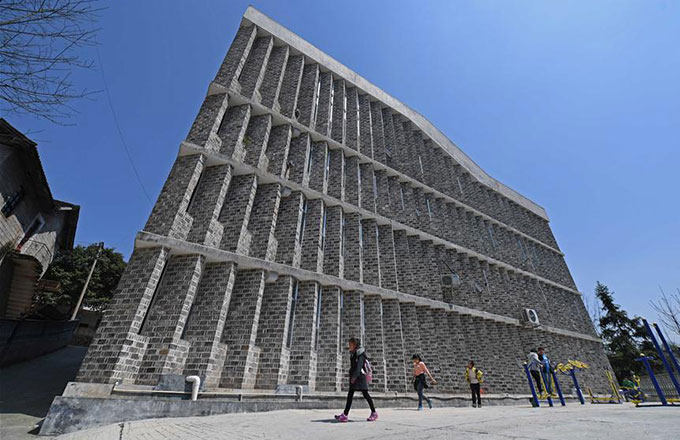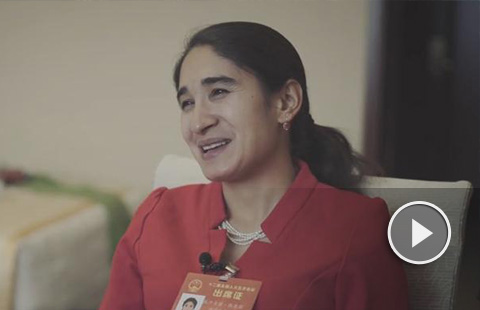Air pollution up in N China
Latest round of smog expected to stay until Sunday, ministry says
China has seen its air quality worsen a little in the first quarter, particularly in the Beijing-Tianjin-Hebei region, the national environmental authority said on Monday.
"In the first three months, 71 percent of days in 338 cities tracked had good air quality, 0.9 percent higher than the same period last year, but the concentration of PM2.5 increased 3.3 percent year-on-year," said Liu Zhiquan, head of the environmental monitoring department at the Ministry of Environmental Protection.
PM2.5 refers to the fine particulate matter with a diameter less than 2.5 microns that is hazardous to human health, and is one of the six air pollutants that are monitored continuously.
While the average air quality has deteriorated slightly nationwide, the Beijing-Tianjin-Hebei region saw a major drop in air quality in the first quarter. In that region, PM2.5 concentration soared to 95 micrograms per cubic meter, a 26.7 percent year-on-year increase, the ministry said.
The national air quality standard for PM2.5 is 35 micrograms per cubic meter or less.
In the 10 cities with the worst air quality, six were in the region - specifically in Hebei, a province where heavy industry is an economic pillar. The provincial capital, Shijiazhuang, topped the list in the first quarter, Liu said.
Following the usual winter smog, residents in Beijing, Tianjin and Shijiazhuang will see a new round of air pollution starting on Thursday, with light to medium levels forecast, the ministry said on Monday.
The bad air will last until Sunday, it said.
Along with the worsening air quality in the Beijing-Tianjin-Hebei region, the southern Pearl River Delta also saw an increase in PM2.5 concentrations to 44 micrograms per cubic meter in the first quarter, an increase of 25.7 percent over the same period last year, Liu said.
The delta region's average air quality met the national standard last year.
Ministry experts blamed more active industrial production for the air quality deterioration in the northern and southern regions in the first three months.
Satellite remote-sensing data from the ministry supported that opinion, with evidence that nitrogen oxides emissions - usually from factories in Hebei, Henan and Guangdong provinces - have soared compared with last year's first quarter.
"The Purchasing Managers Index showed that manufacturing industries expanded. Petroleum processing and ferrous metal smelting have increased for two consecutive months," the experts said, adding that the more active industrial production had driven up demand for transportation, which in turn led to more vehicle exhaust.
In the northern region, other factors that lead to increased air pollution are windless weather and higher humidity, they said.

























